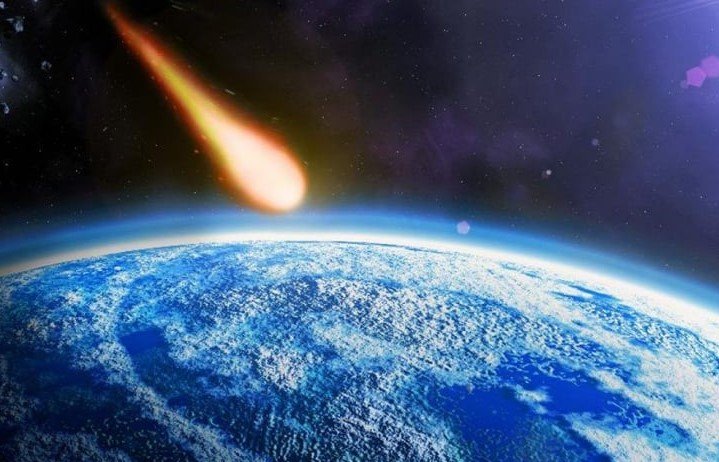A massive asteroid, roughly the size of a 40-story building, is barreling towards Earth at a speed of 17,583 miles per hour. NASA has identified the space rock as Asteroid 535844 (2015 BY310) and classified it as a potentially hazardous object. But what does that really mean for our planet?
What NASA’s Classification Really Means
Asteroids pass by Earth all the time. Some are too small to pose any risk, while others—like this one—earn NASA’s attention due to their size and proximity. A ‘potentially hazardous’ classification doesn’t guarantee a collision; rather, it indicates that the asteroid’s orbit brings it close enough to be monitored.
This specific asteroid, at 460 feet in diameter, could cause significant regional damage if it were to hit. However, NASA’s Near-Earth Object Observations Program tracks these threats with high precision, and as of now, there’s no confirmed risk of impact.
One sentence for natural flow.

How Close Will It Get to Earth?
The exact trajectory of Asteroid 535844 (2015 BY310) places it within the range of near-Earth objects (NEOs), meaning it will pass relatively close to our planet. However, space is vast, and ‘close’ in cosmic terms can still mean a safe distance of millions of miles.
- The asteroid’s speed: 17,583 mph
- Estimated closest approach: NASA data pending
- Size: 460 feet in diameter
Despite these figures, astronomers use advanced modeling to assess impact probabilities. So far, nothing suggests an imminent threat.
Has an Asteroid Ever Hit Earth Before?
Earth has a long history of asteroid encounters. The most well-known impact wiped out the dinosaurs 66 million years ago, but smaller space rocks have also left their mark. More recently, in 2013, a meteor exploded over Chelyabinsk, Russia, causing shockwaves that injured over 1,000 people.
Table: Notable Asteroid Events in Recent History
| Year | Event | Location | Damage |
|---|---|---|---|
| 2013 | Chelyabinsk Meteor | Russia | 1,000+ injured |
| 1908 | Tunguska Explosion | Siberia | 800 sq miles destroyed |
| 1490 | Ch’ing-yang Event | China | Thousands killed? |
NASA continues to develop asteroid detection systems, including DART (Double Asteroid Redirection Test), which successfully altered an asteroid’s path in 2022.
What’s Next for Asteroid Monitoring?
Efforts to track and, if necessary, deflect potential impactors are ongoing. Space agencies worldwide are investing in planetary defense strategies to ensure early detection and intervention.
For now, Asteroid 535844 (2015 BY310) serves as another reminder that Earth is not alone in the cosmos. While this particular space rock isn’t expected to pose a direct threat, keeping an eye on the skies remains a top priority for scientists.
